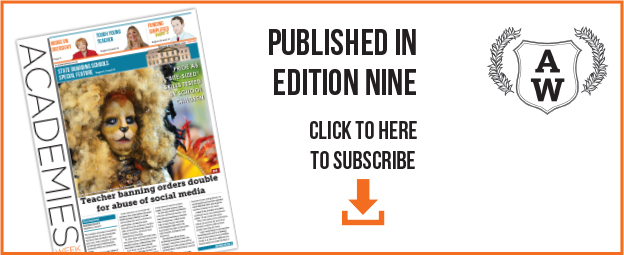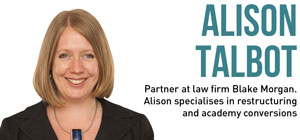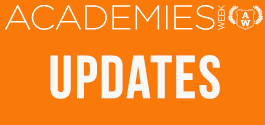Holyport College, the first new free school to offer boarding places, opened in September and will eventually take 500 state pupils. It is a non-selective co-educational secondary school with a Christian ethos said to be modelled on an independent boarding school, with pupils divided into houses and doing homework at school.
The aim is that half the pupils will board, with priority given to children in local authority care and those with parents in the armed forces.
Holyport, near Windsor in Berkshire, is a standalone academy, with Eton College acting as its sponsor. Eton is not providing significant financial support; its relationship is through representation on the board of directors and its proposed support is set out in formal, but non-legally binding, “heads of terms”.
Eton has nominated at least two of the governors on the curriculum committee and appointed some of the pastoral team. More widely it acts as a critical friend to Holyport’s senior leaders, supports curriculum planning and gives head to head support.
On the more practical side, the heads of terms also set out a commitment for Eton to provide Latin, art and Mandarin lessons (at no cost), technical enrichment lessons, make available its sports facilities, collections and design school, and provide chaplaincy support.
The question as to whether the role of Eton is really of benefit to Holyport’s pupils and the wider education sector is one that divides parents and social media.
Those in favour of the Holyport model champion the benefits of sharing the resources and wisdom of the independent sector and herald the opportunity for pupils to benefit from “Eton on the cheap”.
Objections range from the suggestion that Holyport effectively offers “selection by the back door” because the school is in the heart of an affluent, primarily middle-class area through to allegations by the National Union of Teachers that the plans for schools such as Holyport College are simply a way to provide state funding for elite boarding schools.
The lack of success of some of the larger academy sponsors in improving standards has questioned the benefits of the model. However, failure is simply not an option for the independent schools and universities that sponsor schools – the consequences would be so damaging to their reputation. It is therefore difficult to imagine a situation in which the standards of educational provision at an academy or free school would not benefit.
However, getting the balance right between the sponsor and the school can be a challenge. Too much interference and intervention from the sponsor can stifle the school’s ambition; not enough can lead to a lack of direction and questions about the sponsor’s commitment to the project.
Whatever the views, there is no doubt that the partnering of academies and free schools with other state schools, independent schools and universities is a core part of the current schools model. The number of partnerships is therefore likely to increase and their success, or otherwise, will be scrutinised for years to come.








